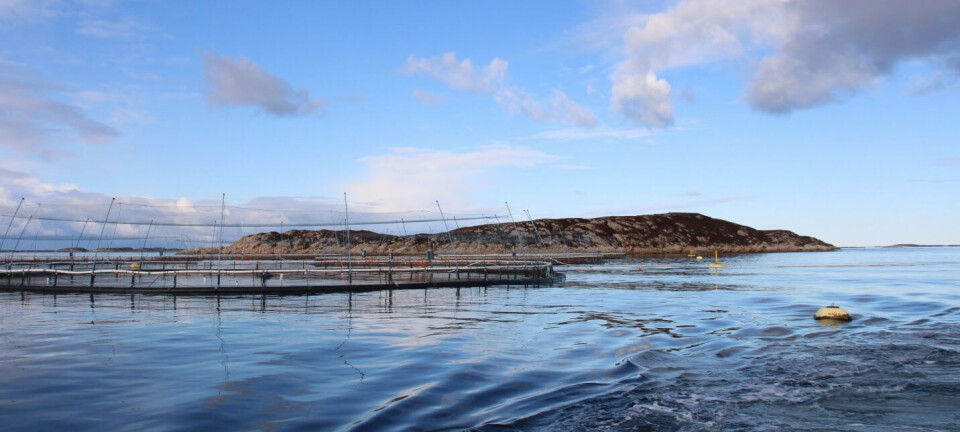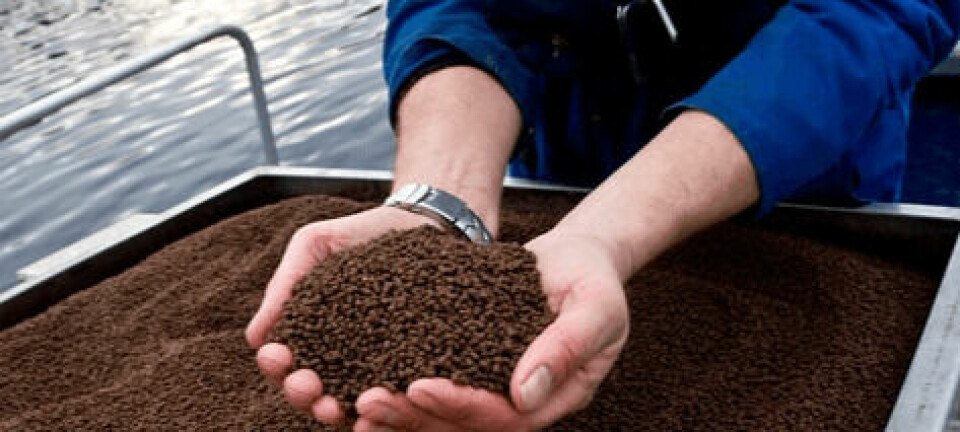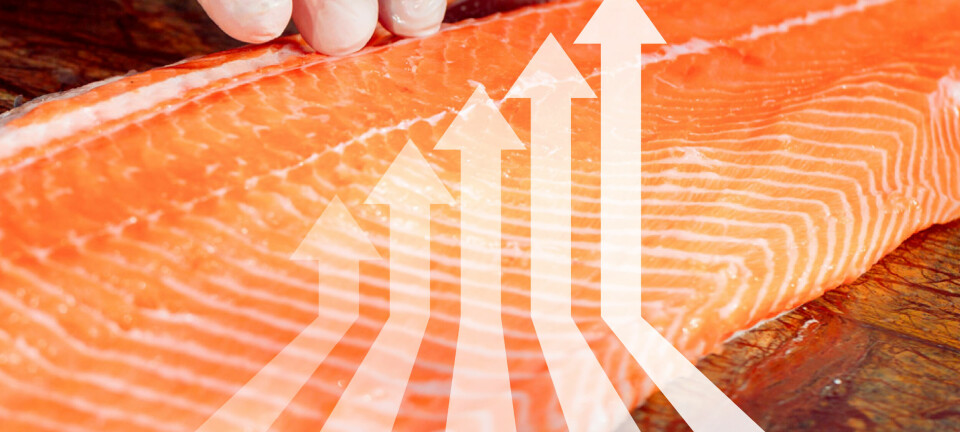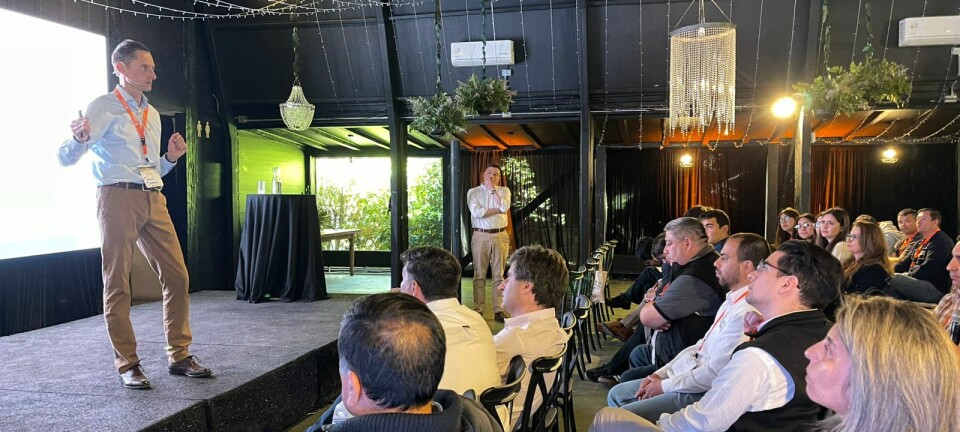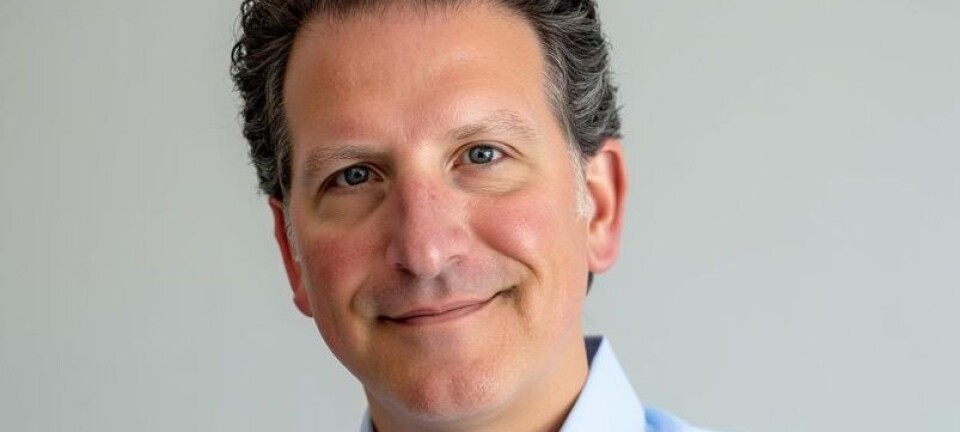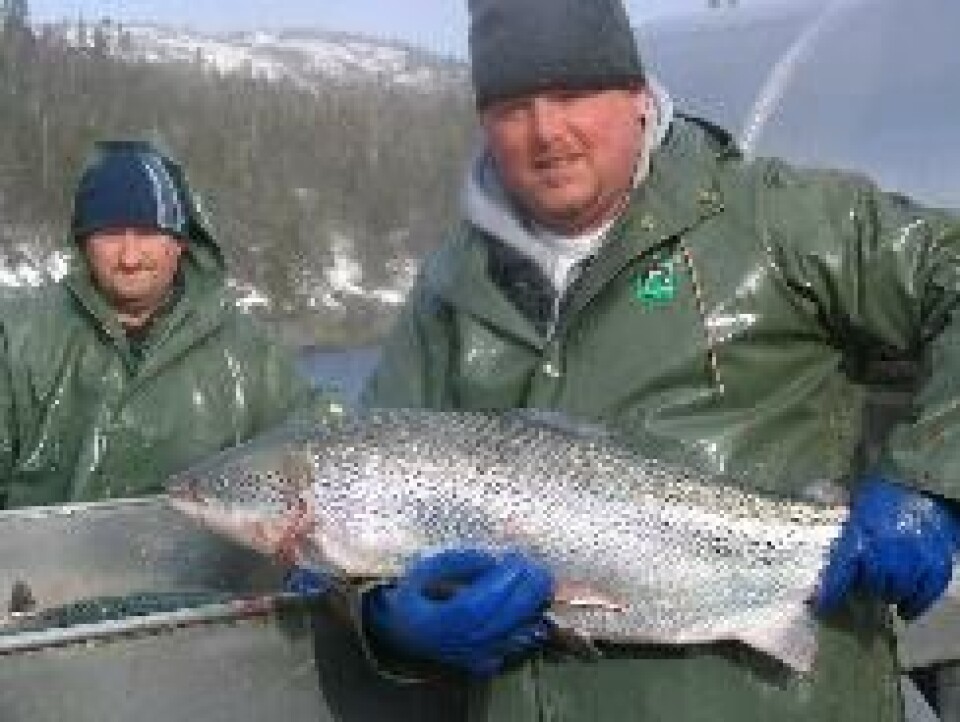
Mayors praise aquaculture’s contribution to coastal communities
Reading a recent article by Clayton Hunt in the Grand Falls-Windsor Advertiser, one can hardly help but think about the move made in the early 1970s by the Norwegian government that was seeing the beginning of an exodus from many of the small, coastal communities that dot the landscape from Stavanger to Kirkenes due to a modernization of the fishing fleet and fluctuating fish stocks. Since then, different political parties in this Scandinavian country have been almost unanimous in their support for the aquaculture industry, which produced over one million tonnes of salmon and trout for export last year, worth about NOK 43.9 billion (~€5.1 billion, US$ 5.8 billion).
As previously reported by FishfarmingXpert, a recent report by the Newfoundland and Labrador provincial Department of Fisheries and Aquaculture said that: “There is an indication that for some areas, where an aquaculture industry is present, there have been impacts such as individuals moving into, or back to, rural communities, increased housing starts and new business activity”.
And now four mayors from the region have added their voices to the chorus of industry cheerleaders. Some excerpts from Mr. Hunt’s article:
-
Jamie LeRoux is mayor of St. Alban, as well as chairman of the Joint Mayors Committee in the Coast of Bays; He says aquaculture has added “another pillar of diversification to other long-established industries, from hydro generation in Bay d'Espoir to the traditional fishery in other areas. … Every day you see the results of the positive impact that aquaculture adds to the area.”LeRoux points to St. Alban’s 58,000 square foot hatchery, Aquatic Fish Health Lab and Development Centre, processing plant, net manufacturing company, scuba diving service, company offices and nearby farm sites. He said all of that contributes to employment, business opportunities, the tax base, property values, commercial and residential development, the demand for rental properties and home purchases, as well as “the social well-being of everyone, from youth to seniors.”
-
St. Jacques-Coomb’s Cove Mayor Hubert Langdon has a long connection with the aquaculture industry in the Coast of Bays through his work with the Community Business Development Corporation on the south coast, the Provincial Rural Secretariat, and the Coast of Bays Joint Mayors Committee. “As a long-term resident of the Coast of Bays, I have witnessed a tremendous growth in the aquaculture industry in this region,” he said. “This has had a major impact on the economy of the region. Jobs have been created, giving the opportunity for many to continue to live here who otherwise would have had to leave for employment and, in particular, young people”.
-
Steward May is the mayor of Belleoram, a community that had high unemployment before the arrival of the aquaculture industry in the Coast of Bays. May said about 75 people in Belleoram work with either Cooke Aqua or Northern Harvest Sea Farms. “We have seen two new businesses start in the past few years, so the industry has created some spinoff jobs here as it has it other communities in the Cost of Bays. You can see a better overall mood among the residents of the community as they are glad to be in the workforce.”
-
Gordon Hunt is the mayor of Gaultois, a community which has seen its population drop to fewer than 200 people from its heyday with 600 people when the community played a key role in fresh fish processing. Hunt said more people would have probably left the area if aquaculture hadn’t offered jobs. “The vast majority of men here today are working in the aquaculture industry,” Hunt said. “The industry has kept this community alive to this point in time, and it has been, and is, a great advantage for the entire Coast of Bays.”




















